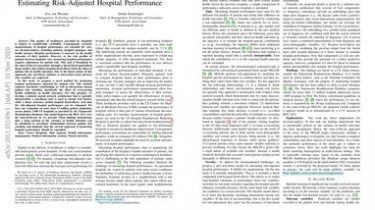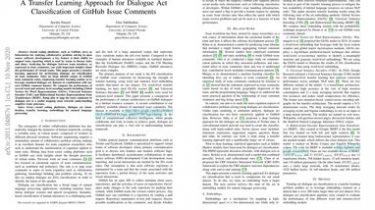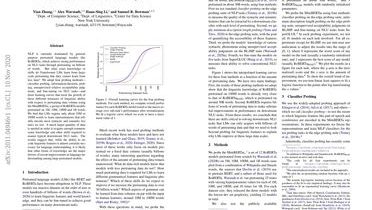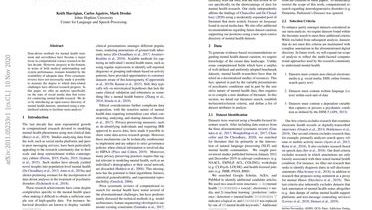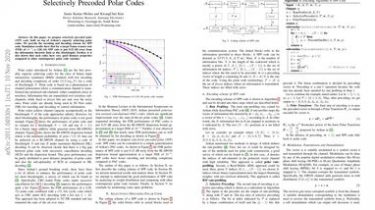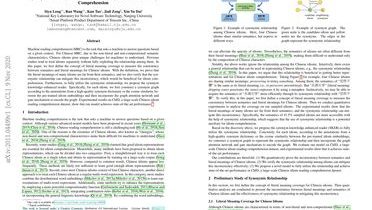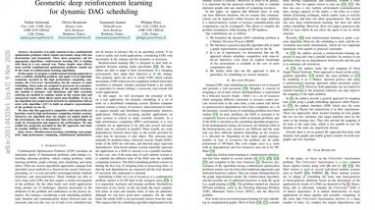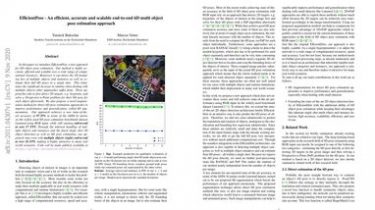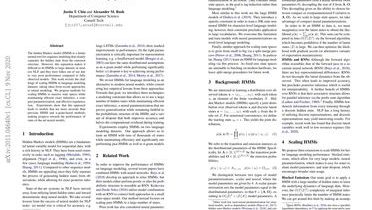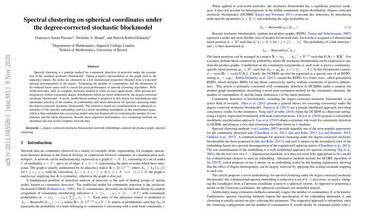Estimating Risk-Adjusted Hospital Performance
The quality of healthcare provided by hospitals is subject to considerable variability. Consequently, accurate measurements of hospital performance are essential for various decision-makers, including patients, hospital managers and health insurers… Hospital performance is assessed via the health outcomes of their patients. However, as the risk profiles of patients between hospitals vary, measuring hospital performance requires adjustment for patient risk. This task is formalized in the state-of-the-art procedure through a hierarchical generalized linear model, that isolates hospital fixed-effects from the effect […]
Read more